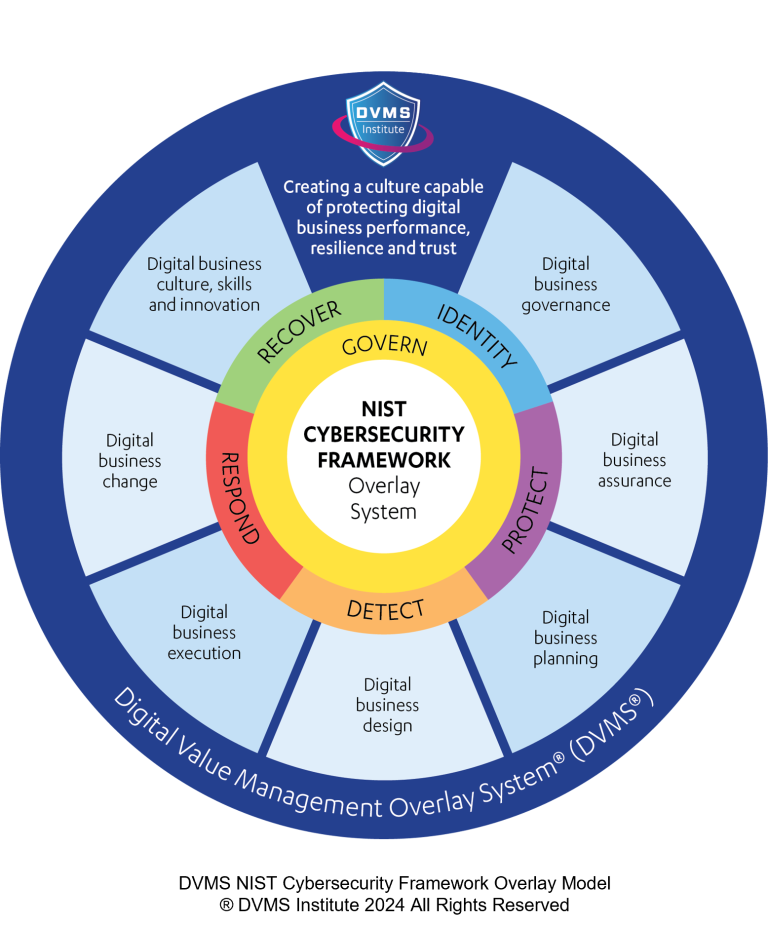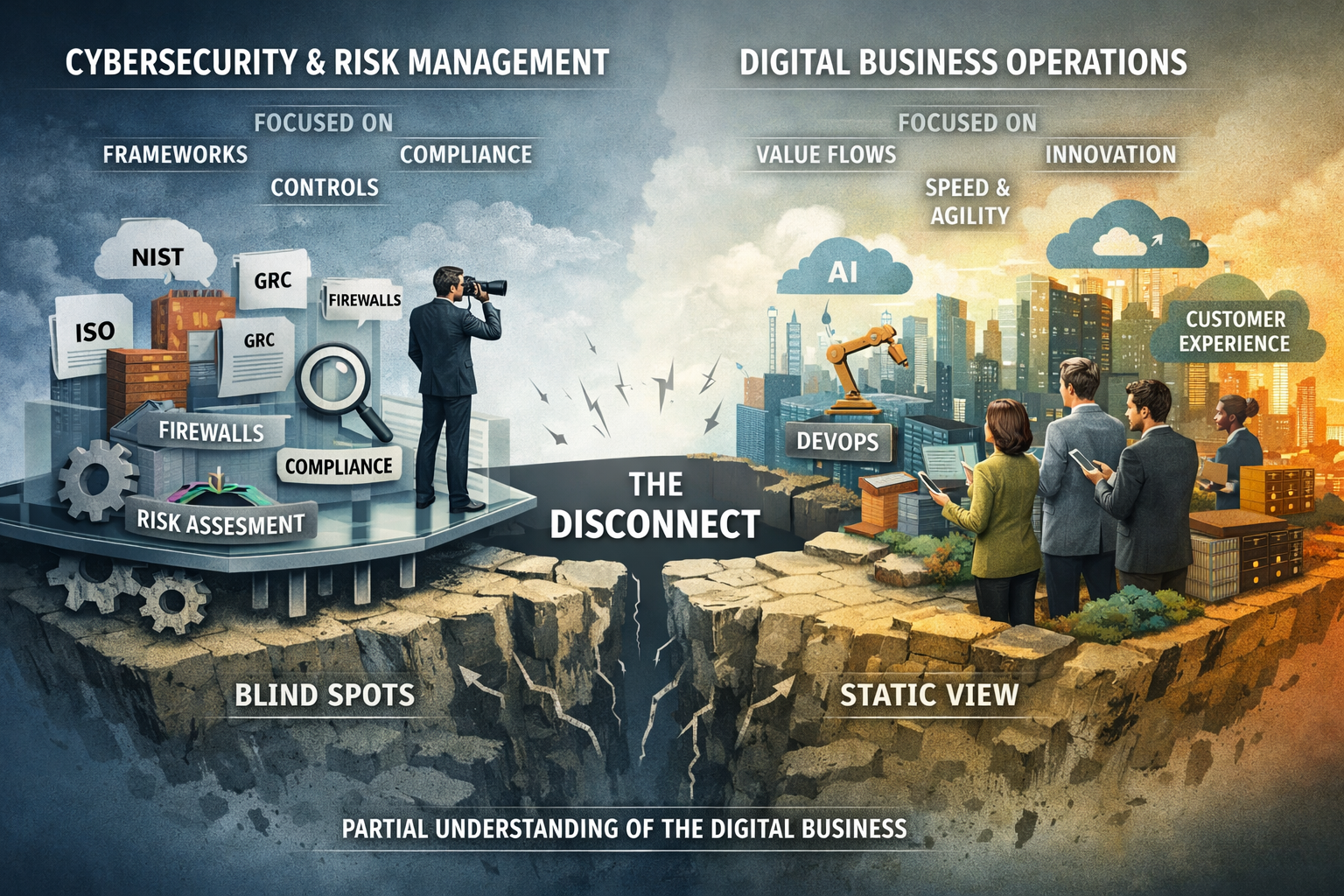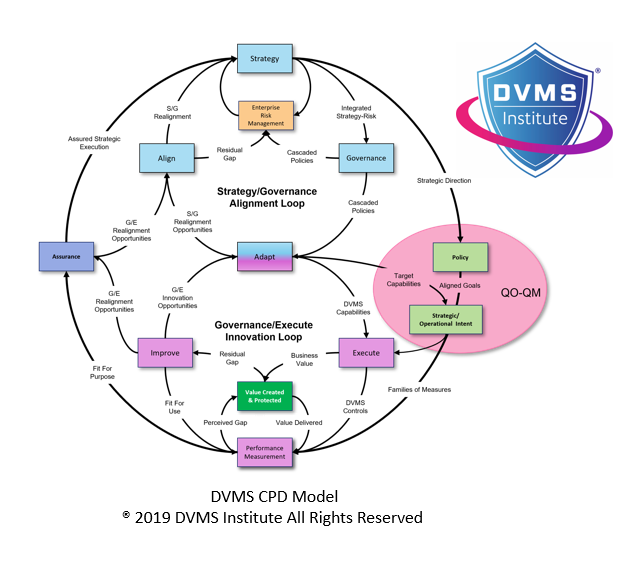Five Steps to Mitigating Threats to Your Digital Supply Chain
Rick Lemieux – Co-Founder and Chief Product Officer of the DVMS Institute
The digital transformation of business has ushered in a new era of efficiency and connectivity, but it has also introduced a complex tapestry of cyber risks to the supply chain. These risks, ranging from cyberattacks to supply chain disruptions, necessitate a strategic, proactive, and adaptive approach to cyber risk mitigation.
A robust cybersecurity framework is at the core of a resilient digital supply chain. This involves more than merely installing firewalls and antivirus software. It requires a holistic approach encompassing business resiliency, data protection, incident response planning, employee training, and cultural changes. Employees must be educated about the latest cyber threats, such as phishing and social engineering, and the skills to identify single points of failure within a digital system. They must be equipped with the tools to identify and report activities that could impact the supply chain. Data, the lifeblood of digital businesses, must be encrypted both at rest and in transit. Moreover, a well-rehearsed incident response plan is crucial to minimize the impact of a cyberattack. Companies can enhance their ability to contain and recover from incidents or breaches by simulating potential threats and establishing clear protocols.
Beyond cybersecurity, supply chain visibility is paramount. Understanding the intricacies of the supply chain, from raw materials to end-product delivery, is essential for identifying potential vulnerabilities. Advanced analytics and data-driven insights can be leveraged to monitor supplier performance, detect anomalies, and predict potential disruptions. Real-time tracking of shipments and inventory levels can also provide early warning signs of issues. Businesses can proactively address emerging challenges by gaining a comprehensive view of the supply chain.
Supplier risk management is another critical component of supply chain resilience. It requires thoroughly assessing suppliers’ cybersecurity practices, financial stability, and business continuity plans. Diversifying the supplier base can mitigate the impact of disruptions caused by a single vendor. Additionally, establishing solid contractual relationships with suppliers, including clear service level agreements and performance metrics, can help ensure the timely delivery of goods and services.
Business continuity planning is essential for safeguarding against unforeseen disruptions. It involves developing strategies to maintain critical operations facing challenges such as natural disasters, cyberattacks, or supply chain disruptions. Businesses can create contingency plans to minimize downtime and financial losses by identifying critical processes and resources. Regular testing and updates of these plans are crucial to ensure their effectiveness.
Furthermore, embracing emerging technologies and solutions can enhance supply chain resilience. A NIST Cybersecurity Framework cyber risk management overlay system can provide organizations of any size, scale, or complexity with a cost-effective approach to mitigating cyber risk to protect organizational digital business performance, resilience, and client trust. Blockchain offers the potential to create an immutable record of transactions, thereby increasing transparency and trust. Artificial intelligence and machine learning can analyze vast amounts of data and identify patterns that indicate potential risks. Internet of Things (IoT) devices can provide real-time visibility into the supply chain, enabling businesses to make data-driven decisions.
Mitigating risks in a digital supply chain demands a multifaceted approach encompassing cybersecurity, visibility, supplier management, business continuity planning, and business innovation. By investing in these areas, businesses can build a resilient supply chain that can withstand the challenges of the digital age.
Penalties for impacting a cyber supply chain are severe. Financial repercussions include hefty fines by regulatory bodies and potential lawsuits from affected parties. Reputational damage is immense, leading to a loss of customer trust and business partnerships. Criminal charges can be brought against individuals responsible for attacks, resulting in imprisonment. In extreme cases, companies may face delisting from stock exchanges or bankruptcy. The interconnected nature of modern business amplifies the consequences of supply chain disruptions, making cyber risk management paramount.
About the Author

Rick Lemieux
Co-Founder and Chief Product Officer of the DVMS Institute
The DVMS Institute teaches organizations of any size, scale, or complexity an affordable approach to mitigating cyber risk to protect digital business performance, resilience, and trust.
Rick has 40+ years of passion and experience creating solutions to give organizations a competitive edge in their service markets. In 2015, Rick was identified as one of the top five IT Entrepreneurs in the State of Rhode Island by the TECH 10 awards for developing innovative training and mentoring solutions for boards, senior executives, and operational stakeholders.
® DVMS Institute 2024 All Rights Reserved




